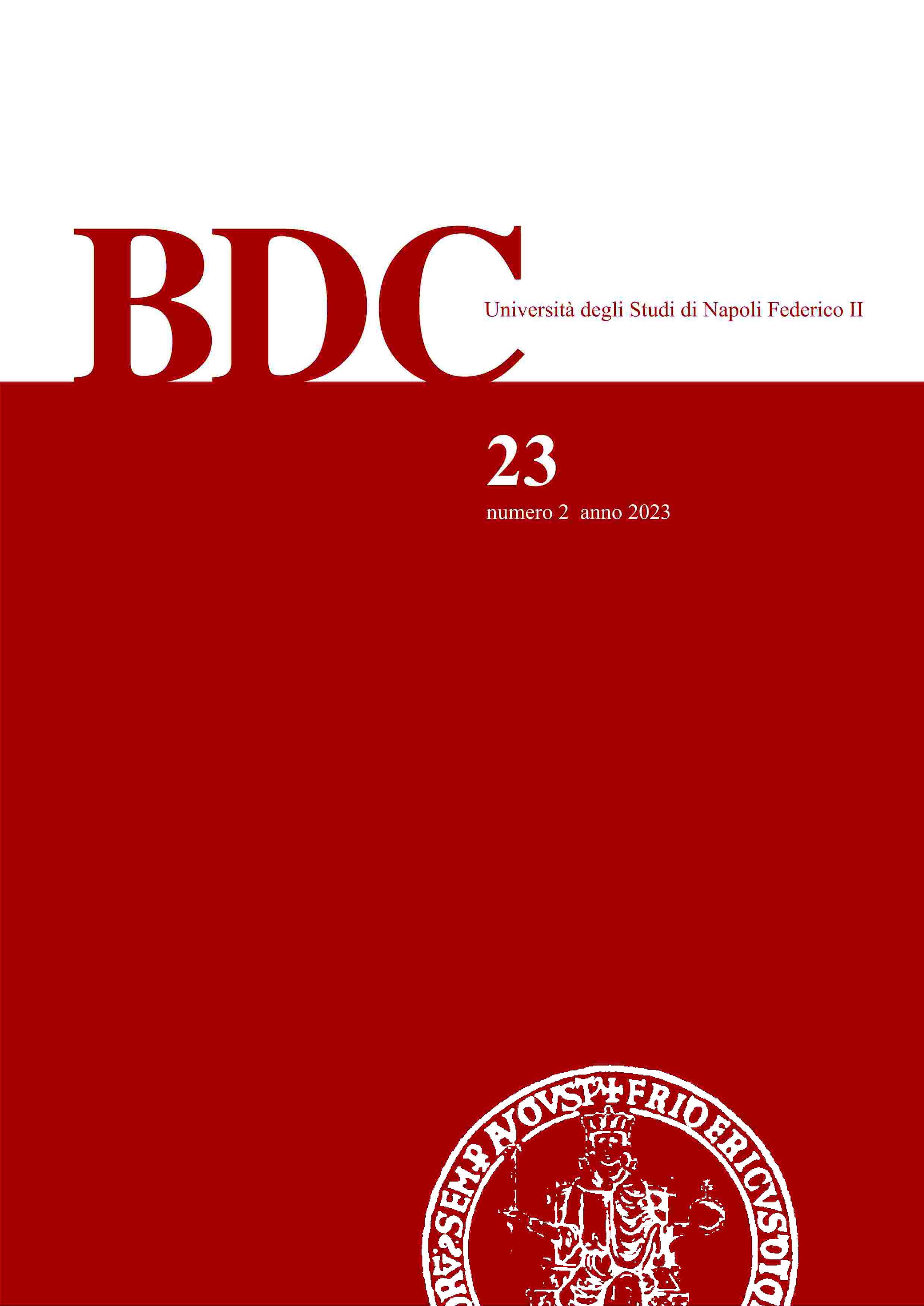Editorial
Abstract
The city, and especially the metropolitan city, has expelled nature: planted areas have been gradually shrinking over time. Biodiversity has been greatly reduced, the air is increasingly polluted, heat islands are multiplying, causing costs especially for the older and marginalised and young people. Soil has been systematically sealed, having been regarded as a resource to be used in building/residential production, ignoring its regenerative potential: it has been seen as a factor capable of developing high property rents. More than for its bio-ecological characteristics, it has been considered as passive physical matter. Sometime, as a source of value capture and/or land equalisation processes. Little attention has been paid to the soil as a complex ecosystem that has formed over the centuries through the disintegration of rocks under the pressure of atmospheric events (rain, wind, various volcanic phenomena, temperature variations, etc.). Lichens, fungi, bacteria, worms and various insects have combined with the various particles thus formed. Plants growing on the soil were gradually added to the plants that had already decomposed over time. The plants, consumed as food by animals (which in turn fertilise the soil itself with their production of biological waste) gradually enriched the soil with new minerals. Especially in large/metropolitan cities, empty/open soils have been subjected to instrumental use: they have been asphalted and cemented/built over. At other times they have been abandoned to progressive decay. The result is an absolute inadequacy in their management in relation to the needs connected with the ecological crisis and climate change. In practice, traditional urban planning has contributed to using nature in an entirely instrumental sense, having been characterised for the most part by a rationality grounded on economic matrix: reductive of multidimensionality, complexity, heterogeneity. The urban planning of negotiations, of bargaining, of territorial marketing, is one recent example. Attention has ended up focusing on volume density, form, possible real estate trends, possibilities for equalisation between market values, rather than on analysing the health condition of the natural ecosystems on which the very health of the inhabitants depends.
Downloads
Copyright (c) 2023 BDC. Bollettino Del Centro Calza Bini

This work is licensed under a Creative Commons Attribution 4.0 International License.
